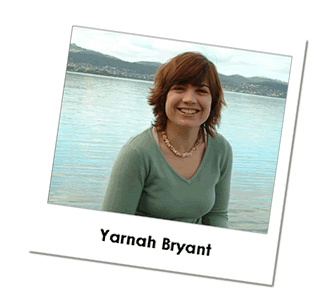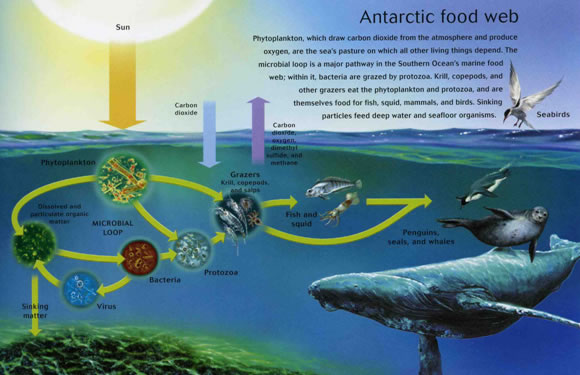
| Home > The Scientists > Yarnah Bryant | |||||||||||||||
For Yarnah, this was the start of some hard work. “I had not done Physical Sciences in Year 11, as I had no intention of studying science at university. In order to get the pre-requisites to do my science degree I had to get permission to do both physical sciences and chemistry in the same year. I was allowed to do this, but it was in no way an easy task as I was behind in chemistry before I even started. I spent many lunch hours getting help, but I ended up with an OA in physical sciences and, amazingly, a HA in chemistry and was able to do a science degree at university.” For her first year at university, Yarnah studied zoology, botany, chemistry and geography. Second year consisted of zoology and botany, environmental and analytical chemistry, biochemistry and microbiology; and in third year she studied marine ecology, freshwater ecology, Antarctic ecology, quantitative methods, aquatic botany, genetics, molecular evolution and cell biology before graduating with a bachelor of science majoring in zoology and botany. “At the end of third year I heard about Honours with the Institute of Antarctic & Southern Ocean Studies, and knew then that this is what I wanted to do. I applied to do a project investigating phytoplankton production along the Adelie Land ice edge, which involved a trip south aboard the French vessel L’Astrolabe and a stay at the French base, Dumont d’Urville.”
What Yarnah loves most about science is that there is always something new to be discovered or something new to learn about. “It’s nice to know the mechanics of how things work and why certain things happen. I’m interested in studying phytoplankton as they are such a mystery to so many people and yet they are responsible for an amazing proportion of the Earth’s total primary production and carbon draw-down and are particularly important in the Southern Ocean and Antarctic ecosystem where they are the principal primary producers.” Yarnah’s interest in phytoplankton was sparked while doing Aquatic botany in 3rd year and learning that certain phytoplankton blooms can have catastrophic consequences such as wiping out fish farm stocks by either killing or contaminating the organisms. “Growing up in the Huon Valley where so many of my friends and their families, and indeed my own family, depend on the salmon farming industry really made me realise even more how important an understanding of phytoplankton and causes of their blooms really is.” Find out more about Yanah's project Key words: Primary production, phytoplankton, ocean fronts, fluoroscence Yarnah’s Honours project involves looking at patterns of primary production along a transect from Hobart to the French Antarctic base, Dumont d’Urville. The transect crosses many of the fronts occurring in the Southern Ocean and, therefore, many interesting patterns of productivity to be observed. To determine the primary production, she uses a fast repetition rate fluorometer, which is a relatively new tool. “Hopefully the results of my project will show the usefulness of this type of fluorescence measurement and result in its increased use. This will allow a greater number of productivity measurements than is possible using many of the current methods, including the incorporation labelled carbon (the 14C method).” Studying phytoplankton primary production by in the oceans is important for many reasons. Phytoplankton is the base of marine food chain, converting solar energy into a form of energy that is useful for higher organisms in the ecosystem. Therefore, the health and productivity of phytoplankton is an indicator of the health of the entire ecosystem. In the Antarctic marine ecosystem this is especially important because phytoplankton are the only organisms able to photosynthesise. Phytoplankton is also able to take carbon dioxide from the atmosphere and pass it through the ecosystem, eventually resulting in the draw-down of CO2 from the atmosphere to the deep ocean. This is an important mechanism to aid in the reduction of global warming and climate change. Measuring phytoplankton productivity in the ocean is also a useful method of checking the accuracy of satellites in orbit around the earth that are able to measure productivity by using ocean colour.
Useful
Websites:
Classroom Activities
|
|||||||||||||||


